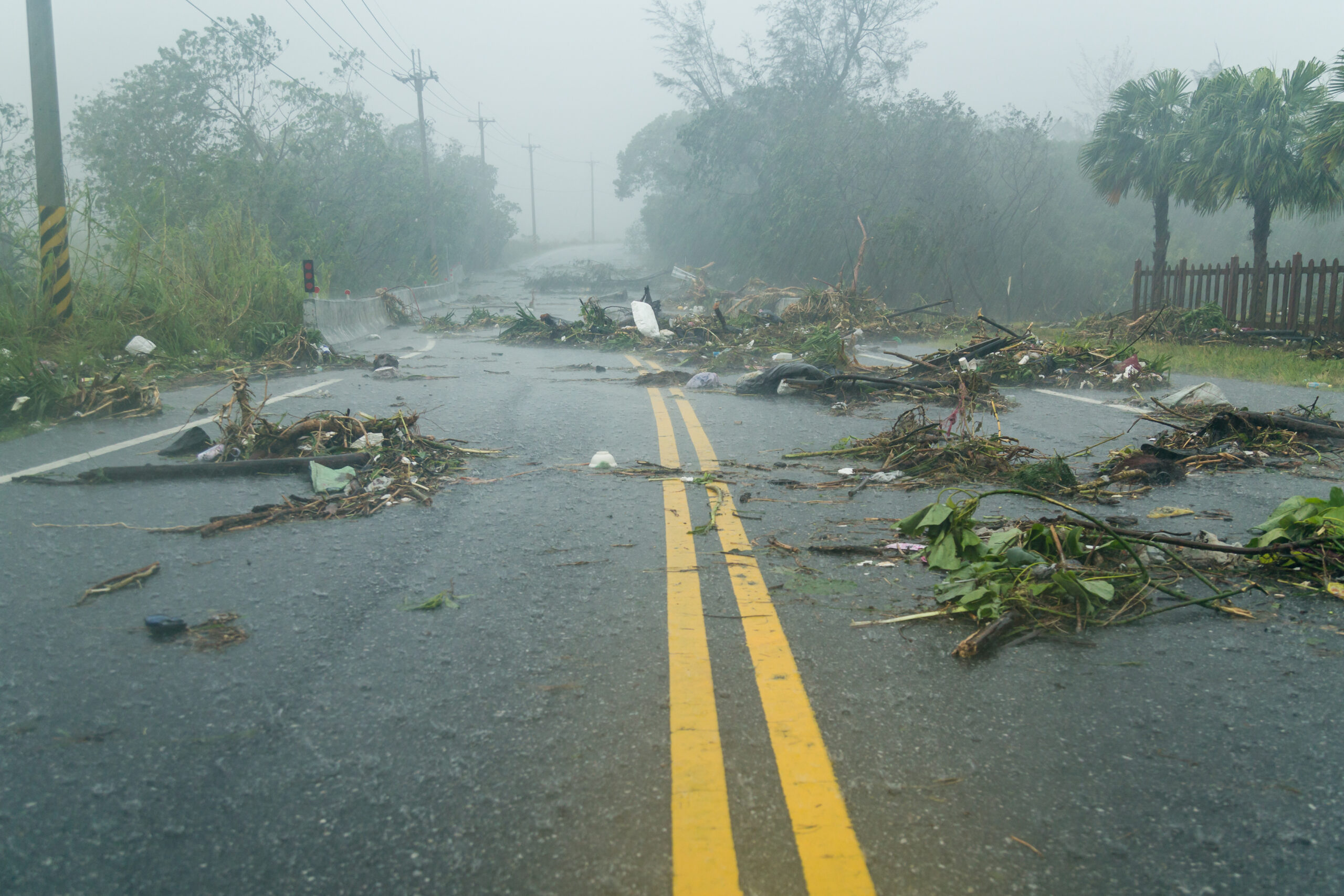The Role of Community Health Centers
Community health centers carry a heavy weight and responsibility every day. According to the National Association of Community Health Centers (NACHC), community health centers help “increase access to crucial primary care by reducing barriers such as cost, lack of insurance, distance, and language for their patients.” These community health centers assist people of many ages and backgrounds, including children, veterans, people living in rural areas, farmworkers, and people experiencing homeless.
Community health centers have taken the tracking and treatment of COVID-19 to new levels as they continue to make an impact in the areas they serve. They follow updates on data provided every 2 weeks from the U.S. Health Resources and Services Administration (HRSA). These efforts include monitoring experiences with testing, site closures, operations, personal protective equipment (PPE) supply, and more. This keeps communities and the federal government up to date on health centers’ ongoing response to COVID-19, leading to stronger pandemic response across the nation.
According to an August 2021 report from NACHC, 13 million COVID-19 vaccinations were given through community health centers. These centers are in areas that are drastically underserved, providing medical, dental, behavioral, and health services; and are open to anyone in need of their services. A unique trait a majority of these centers share is that they are governed by patients, with at least 51% of the health centers’ boards led by patients.
To learn more about Community Health Centers and who they serve, follow the link to NACHC’s annual report.






